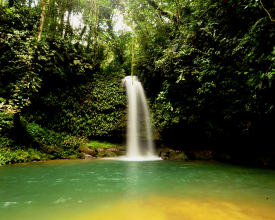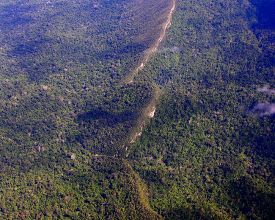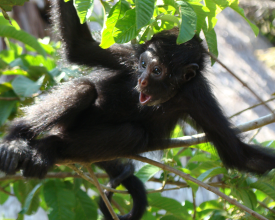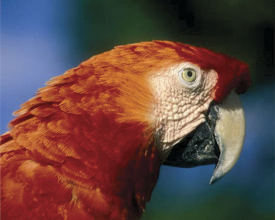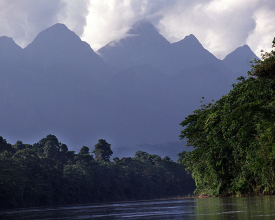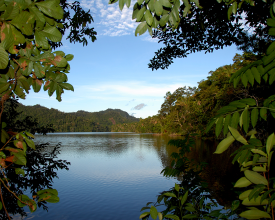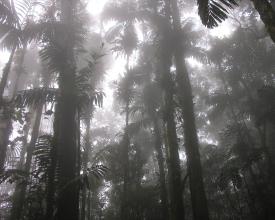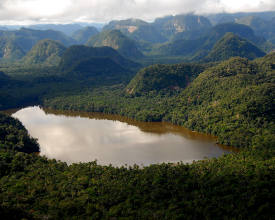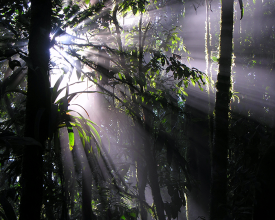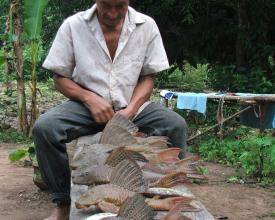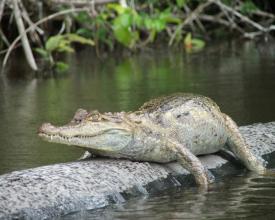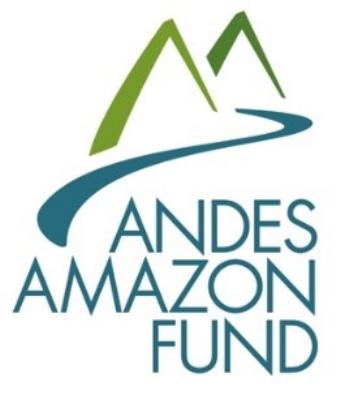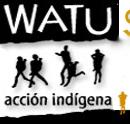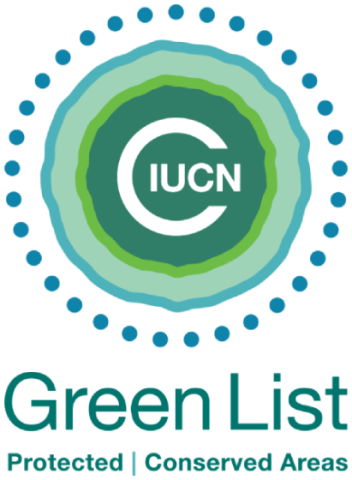
Social participation contributions as a driver of innovation in the management of the Cordillera Azul National Park, Peru
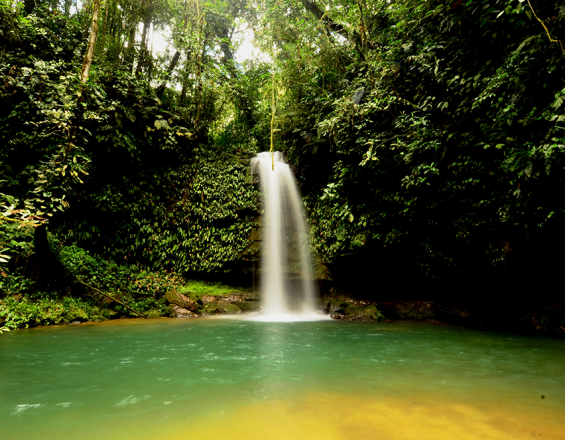
The legal framework in Peru encourages the co-management of protected areas and the application of public-private partnership models, enabling the NGO Center for Conservation, Research and Management of Natural Areas (CIMA) to take over the management of the Cordillera Azul National Park (PNCAZ) in coordination with the Government. This association created an innovative management mechanism that channeled external funding sources for conservation, and implemented a participatory intervention model, working with local communities in the park’s buffer zone.
Context
Challenges addressed
There is an important national road along the western side of the protected area. Due to the generalized lack of territorial planning in Peru, this road has become a migration route that enables the constant advance of new human settlements in the buffer zone of the area.
Among the main challenges faced by the National Park, there’s the constant threat that comes from the park’s buffer zone due to the expansion of the agricultural frontier and human migration with unplanned settlements and land trafficking; overlap of ownership, lack of territorial organization, and the promotion of monocultures. Another challenge is working with over 350,000 inhabitants of communities adjacent to the park, in devising local agreements that support the park’s management. Facing these challenges requires a constant availability of technical and financial resources that support an area management model that is viable and part of a long-term strategic vision.
Location
Process
Summary of the process
Establishing a model of public-private governance for the administration of the PNCAZ between the National Service of Natural Areas Protected by the State (SERNANP) and the NGO CIMA has enabled CIMA to channel the achievement of sustainable financing sources for the past 15 years. These resources have served to provide significant support to the management of the protected area and its buffer zone, through the application of a participatory conservation model.
By working under this model and generating innovative strategies and tools, CIMA has facilitated work alongside local communities in the buffer zone to generate a joint conservation and local development vision. Additionally, the articulation of management efforts has been promoted at various levels of government and authorities to support micro-zoning and land-use planning; the generation and improvement of guidelines and communal strategic planning has been facilitated; and the implementation of sustainable production initiatives and local conservation initiatives has been achieved.
Building Blocks
Public-Private alliance for the effective management of the protected area
The legal framework for protected areas in Peru favors a co-management and participatory approach, and enables the establishment of Management contracts between the Peruvian Government and private non-profit organizations, as an effective mechanism to support management. In this context, since its creation, the Cordillera Azul National Park (PNCA) has had technical support from the NGO Center for Conservation, Research and Management of Natural Areas - Cordillera Azul (CIMA - Cordillera Azul). Years later, in 2008, the State signed an agreement with CIMA for the total administration of the Park's operations for a period of 20 years. Under this framework, a Global Development Agreement (GDA) was signed with the United States Agency for International Development (USAID,) the Moore Foundation, the MacArthur Foundation, the Field Museum of Chicago and CIMA, to combine efforts towards the conservation of the PNCAZ and to have financial support during the period 2008-2013. This allowed to establish a long-term vision for the adaptive management of the Park, to implement a participatory management model, and to achieve greater financial sustainability through the leverage of funds for the PNCAZ.
Enabling factors
- The legal framework for protected areas in Peru promotes co-management and the establishment of public-private partnerships.
- Long-term commitment (20 years) of an NGO as the executive organization for the PNCAZ Total Administration Contract.
- Coordinated work between the NGO managing the Park and the public management organization, local and regional government, and communities in the buffer zone.
Lesson learned
The co-management mechanism implemented through CIMA's PNCA Total Administration Contract was key to the effectiveness of the park management. The reason is that CIMA not only has the necessary skills to manage protected areas, but it has also implemented fundamental and innovative elements to achieve this management. One of these elements is to have become an articulating agent that allows to promote and reach the involvement of the approximately 120 villages and native communities that live in the buffer zone, as well as of the regional and local authorities of the four Departments where the Park is located (San Martin, Loreto, Ucayali and Huánuco). This model seeks the empowerment of communities next to the area for conservation and local development. Their work approach responds to the PNCAZ’s Master Plan, developed through the Management Committee of the protected area, CIMA, and SERNANP.
A co-management model for better financial sustainability of the protected area
Although the PNCA had financial support during the 2008-2013 period, these sources are not considered sustainable in the long term. For this reason, CIMA searched for mechanisms to improve the Park’s financial sustainability. One of them was to design the Cordillera Azul REDD+ Project. As part of that project, CIMA and The Field Museum of Chicago, as a strategic partner, developed a technical document to verify how the PNCAZ has avoided the emission of more than 1.6 million tons of CO2 per year from deforestation, and almost 13 million tons of CO2 during the 2008-2015 period. This led it to be considered a REDD+ megaproject, validated by international standards such as the Voluntary Carbon Standard (VCS), and the Climate, Community, and Biodiversity Standards (CCB). These standards lent legitimacy and credibility to voluntary markets through certificates of greenhouse gases emissions reduction not issued. Thanks to these certificates, the project was able to obtain its registration in Markit, a tool to manage global carbon credits internationally, which in turn led CIMA to work on carbon credits negotiation processes in the international arena.
Enabling factors
- The 20-year commitment of an NGO as executing organization of the PNCAZ’s Total Administration Contract, which seeks mechanisms to ensure financial sustainability.
- Global acknowledgment of the contribution of ecosystem services to local communities and at a national level, and the promotion of their economic valuation, which led to the creation of the PNCAZ REDD + project.
- Articulation of the co-management structure with a financial partner that allows greater sustainability.
Lesson learned
As a result of the international carbon credits negotiation processes, by the end of 2014, CIMA secured a key financial partner by the end of 2014: Althelia Climate Fund, with whom it has a contract until at least 2021. This contract enables the PNCAZ to receive funding for the Park’s year-round operations in exchange for a predetermined number of carbon credits generated by the Cordillera Azul REDD+ project. This allowed the development of a financial sustainability mechanism that has allowed investments in the strengthening of the protected area management capacities, implementation of local conservation initiatives and environmental education, and investment in sustainable productive activities carried out by local communities and social organizations. All this allowed the conservation and protection of the park to become a reality.
Innovative tools for a participatory conservation management model
Managing a protected area of over 1.35 million hectares with a high level of human activity in its buffer zone (2.3 million hectares), required the generation of innovative management tools, focused on social participation. CIMA implements an Intervention Model known as FOCAL, which is currently being incorporated into other protected areas in the country. FOCAL includes tools such as:
- Strengths and Uses Mapping (MUF): It gathers socio-economic information from the communities and population centers, their needs and perceptions about the area and the use of natural resources, to identify local organizations with which alliances need to be created to implement preservation actions.
- Participatory Communal Zoning (ZPC): It guides the development process of ecological-economic zoning at a community level to achieve consensus among the population regarding the sustainable use of the territory and its natural resources.
- Coexistence rules: They enable to reach agreements at the level of the populated center or community, define codes of behavior and provide stability to the planning process and the Quality of Life Plans that are created as a result.
Enabling factors
- Innovative management tools focused on social participation.
- Empowerment of local communities.
- Technical assistance and accompaniment for the development of productive processes.
- Local agreements to support the area management.
- Fostering improvements in the quality of life of the local populations.
Lesson learned
The quality of life plans created by the communities have a 10-year lifespan and are based on communities defining their own concept of quality of life, within the framework of the coexistence rules. The technical support provided by CIMA is key in the planning and implementation of these plans, as well as the financial resources provided by Althelia. Their implementation has enabled institutional strengthening of community organizations and local capacities to implement productive initiatives and perform communal negotiations with the authorities. Additionally, and with the goal of consolidating the quality of life plans, CIMA signs what are known as Blue Agreements or Conservation Agreements with the communities and populated centers, as proof of sustained commitment. As a result, both actors commit to concrete responsibilities through time, and the Head of PNCAZ and local authorities of each populated center take an oversight role to ensure the fulfillment of those commitments.
Community park rangers in participatory management
Participative conservation is a principle by which the protection and conservation strategy that is applied in the PNCAZ starts. This is necessary because one of its challenges is to ensure an effective control and surveillance of the protected area with only 45 park rangers covering 1.35 million hectares and a perimeter of nearly 1,000 km. These conditions demanded a participatory strategy with the incorporation of communal park rangers. This allowed the inclusion of the fronts of defense of the populations, peasant rounds, and even the local authorities themselves, in the control and surveillance strategies, within the framework of the Master Plan of the Park. All of them have acquired a commitment to assist in the conservation and protection of the park, or to define and plan the settlements of the populations to prevent their advance, and land use change.
Enabling factors
- Control and surveillance strategy with the support of Communal Park Rangers.
- High-level of involvement of local authorities and local communities in the participative management of the area.
- Visibility of the importance of forest conservation, its biological diversity and its ecosystem services for local development.
Lesson learned
As part of the strategies generated to improve the effectiveness of the PNCAZ's management, the park’s protection front was strengthened. As a result, on top of the 45 official park rangers hired by CIMA and officially recognized by the SERNANP, there are communal park rangers elected in the general assemblies of each community. Communal park rangers rotate every two months among the control posts of the protected area. They directly support the park protection efforts, but they remain integrated into their local communities. This strategy aims to generate a favorable and collaborative environment with the local communities in the implementation of the park’s conservation actions, which allowed for continued co-management and coordinated work in the territory.
Impacts
- Strengthened management: The public-private collaboration partnership helped to establish a consensus-based vision on the long-term, for an adaptive management of the PNCAZ, and to consolidate a financial sustainability mechanism and a participatory management model that strengthened the area´s management capacity.
- Financial sustainability: The consolidation of a financial sustainability mechanism through negotiation of carbon credits in the international market allowed CIMA to garner a key financial partner: Althelia Climate Fund, with whom there is a contract signed until the year 2021. The goal is to receive funds annually in exchange for a predetermined number of carbon credits generated by the project as a result of the reduction of carbon emissions due to deforestation and forest degradation (REDD+) of the PNCAZ.
- Participatory conservation management: This management model combined with the development of innovative tools adapted to the local reality, enabled the implementation of quality of life plans with a 10-year span. In these plans, the communities acknowledge the importance of the area´s conservation for their development.
- Trust of local actors: CIMA’s permanent work created a favorable and collaborative environment with local communities for the implementation of conservation activities. This translates into lessons learned that can be applied in other areas.
Beneficiaries
There are no human settlements inside the park, but there are signs of isolated indigenous communities. The buffer zone of the park has the presence of human activity due to its 520 populated centers and a total of 350,000 inhabitants.
Sustainable Development Goals
Story
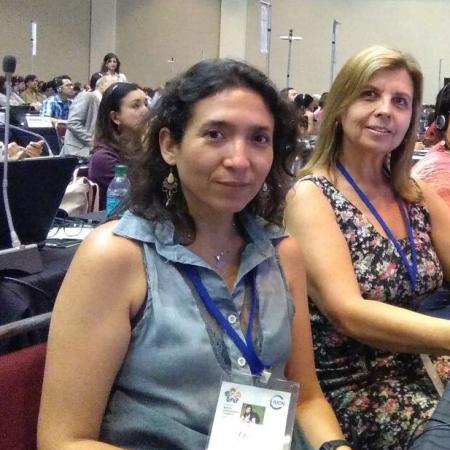
“We can see that the co-management mechanisms through the administration contract are providing added value to the protected areas. This synergy is key for the Cordillera Azul National Park because CIMA not only has the capacity for protected areas management but it has been able to implement innovative elements to achieve its management. One of these innovations is the development of mechanisms to ensure the area’s long-term financial sustainability. Another is becoming a coordinating agent that fosters the involvement of communities in the buffer zone, plus local and regional authorities. As a result, and despite all the threats looming over the Park, the effects of those threats have diminished. The Park currently has a zero deforestation rate, there is no presence of illicit activities inside the Park, and it is the protected area with the lowest socio-environmental conflict level in the National System.
Achieving this management model required a complete learning and adaptive management process to develop innovative tools within the demands of local and global dynamics. This development was well analyzed, properly planned, and goal oriented. From 2008, we were able to establish a long-term vision for the PNCA with the National Institute of Natural Resources (INRENA), which later became the SERNANP. We also worked in the buffer zone with the local communities under the model of Strengthening Local Capacities for Conservation (FOCAL), articulating them with the local institutional actors.
Additionally, the development of the PNCA’s REDD+ project as a financing strategy, from the conception phase to the definition of the methodology to be applied to verify how the area avoids the emission of carbon, was a huge learning process. We opened the way at a national level for the development of a REDD+ initiative that works at a methodological level. Even afterwards, it was necessary to land from the REDD+ dream; we established a contract until 2021 with the Althelia Climate Fund as a financial partner, backed by the carbon credits generated by the REDD+ project. This allowed the carbon credits generated each year to transform into the financial support that funds the operations of the PNCAZ and other sustainable productive activities.”
